10 Things Every Dog Owner Should Know About Pool Water
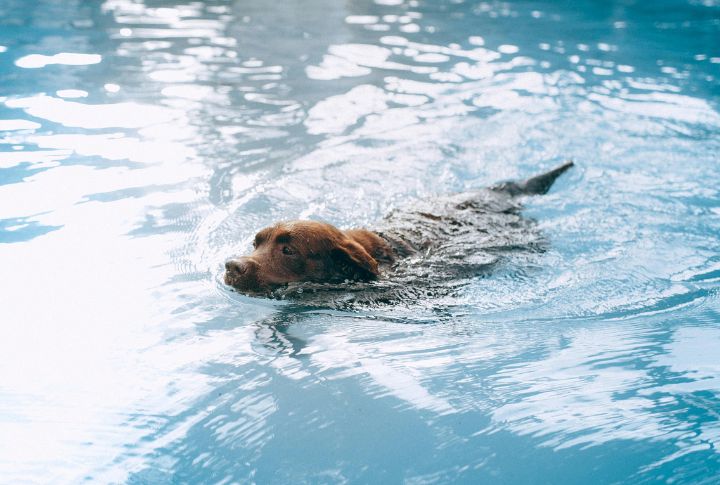
Having a pool can be a blast for your dog, but it’s important to prioritize safety. Without the right precautions, your pet could face health issues. From the effects of chlorine to proper supervision, here’s what you need to know to ensure your furry friend enjoys the water safely.
The Safety of Chlorine for Dogs
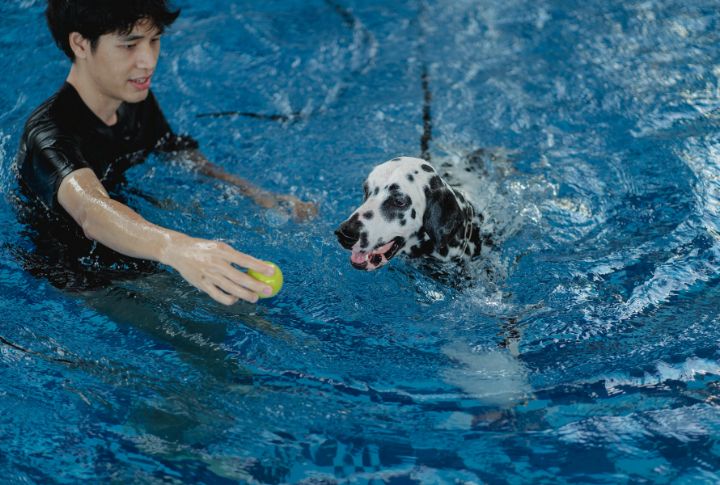
Chlorine, in low concentrations, is generally safe for dogs. However, excessive exposure can cause skin and eye irritation. To avoid discomfort, the chlorine levels should be monitored. Meanwhile, keep your dog from staying in the water for extended periods.
Risks of Drinking Pool Water
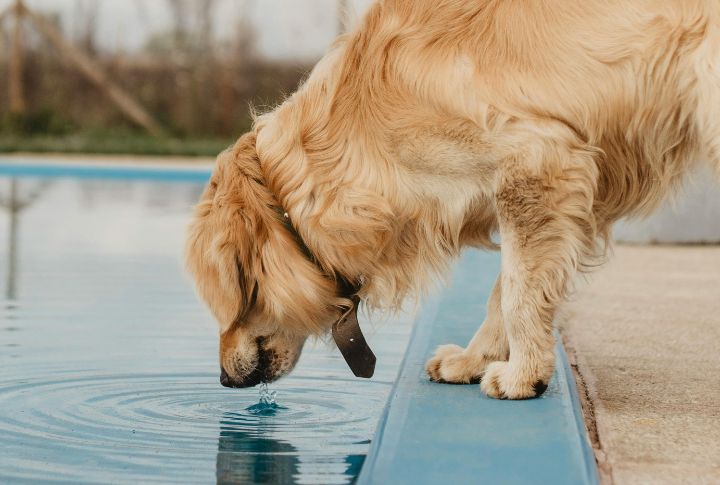
Dogs may be tempted to drink pool water, but it isn’t ideal. Ingesting chlorinated or salt water can lead to stomach upset or more severe issues, like electrolyte imbalances. Your dog should have fresh water available to minimize the likelihood of them accidentally drinking pool water.
Signs of Pool Water Toxicity in Dogs

If your dog has consumed too much pool water, look for vomiting, diarrhea, excessive drooling, or lethargy. In severe cases, immediate veterinary attention may be necessary. Early recognition of these symptoms can prevent long-term health issues related to chemical exposure.
Saltwater Pools and Their Effects on Pets
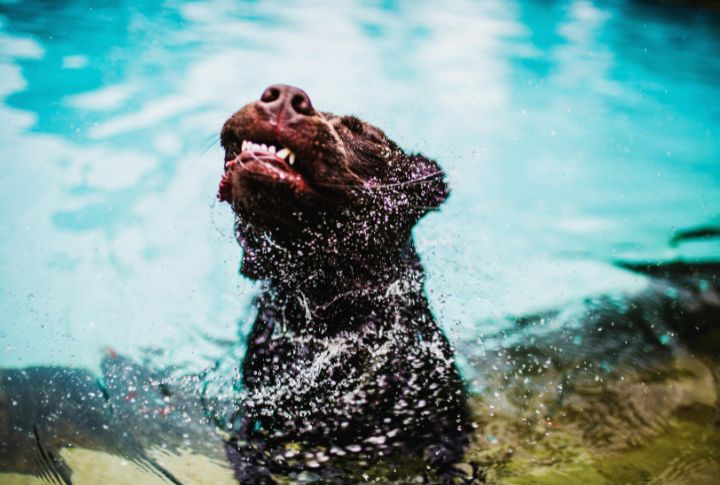
Saltwater pools might look like a safer option, but if dogs drink the water, it can lead to dehydration and even kidney problems. It’s essential to prevent your pet from ingesting this type of water. Unlike fresh water, even small amounts of saltwater can negatively impact their health.
Understanding Pool Water Chemistry
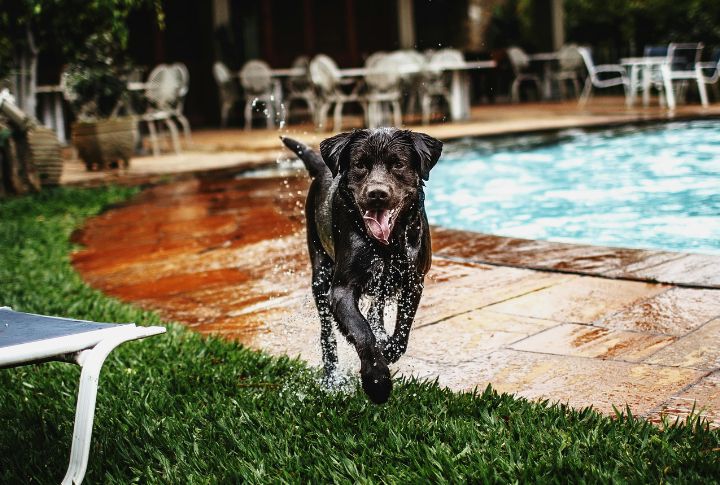
Maintaining proper pool chemistry is important for dog safety. Unbalanced pH levels or high chlorine concentrations can harm pets. According to experts, keeping water balanced prevents skin irritation and reduces the likelihood of accidental ingestion issues.
Preventing Your Dog from Drinking Pool Water
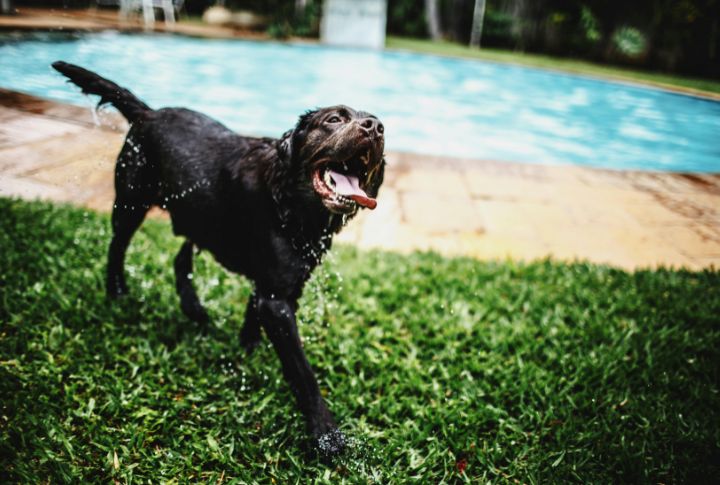
You have to keep a close eye on your dog when they’re around the pool to prevent drinking. Train them to understand commands like “no” and provide an alternative like fresh water to help minimize risks. Remember that persistent supervision is always important.
The Importance of Fresh Water Access
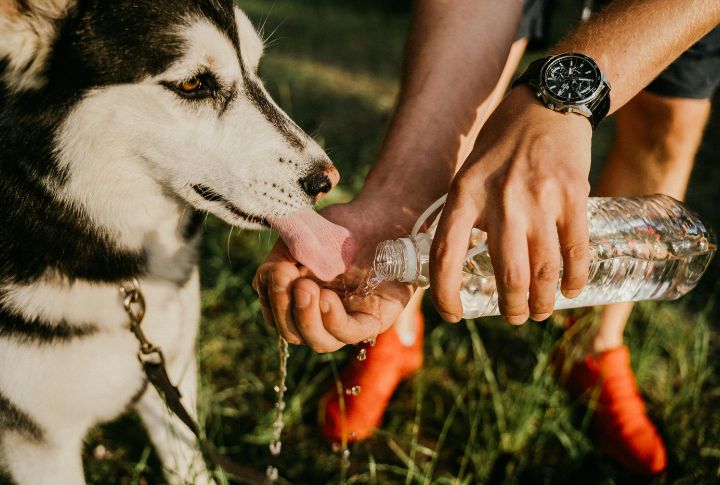
Always make sure your pet has access to fresh water while near the pool. This encourages them to stay hydrated without resorting to drinking pool water, which could harm them. Fresh water helps keep their systems functioning correctly, especially in hot weather.
Common Skin and Ear Issues from Pool Water
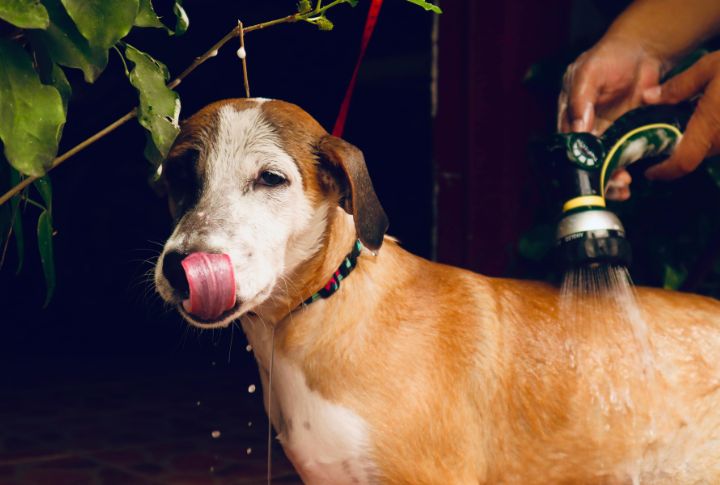
Frequent exposure to pool water may lead to skin dryness or ear infections in dogs. Washing your dog with fresh water after a swim can help avoid these issues. Regular ear cleaning is also advised to reduce the risk of ear irritation from chemicals or salt.
Alternatives to Chlorine for Pool Maintenance
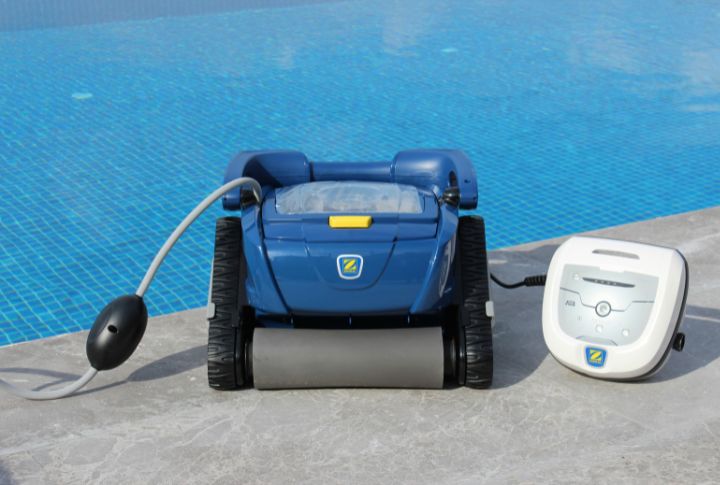
Considering alternatives like UV or ozone purification can be beneficial for pets. These methods reduce the need for chlorine while still keeping the pool clean. They offer a more dog-friendly solution for maintaining pool hygiene without harsh chemicals.
Rinsing Your Dog After Swimming
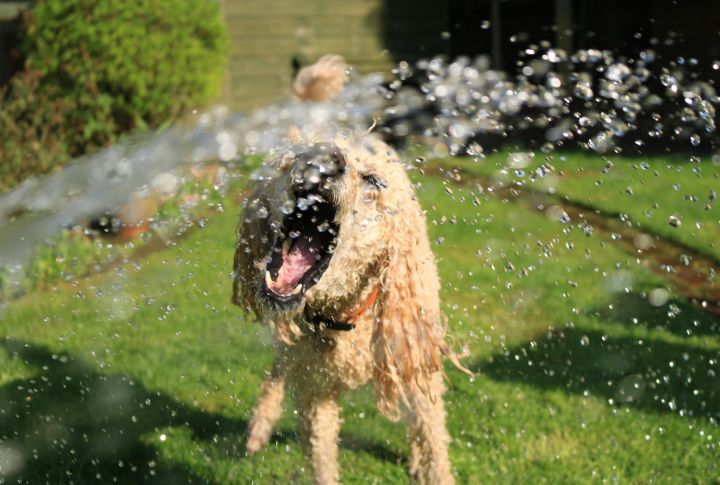
Give your dog a rinse with fresh water after swimming to remove pool chemicals from their fur and skin. This simple habit minimizes the chance of skin irritation, dryness, and ear infections from chlorine or saltwater, which makes it an easy yet essential part of post-swim care.





